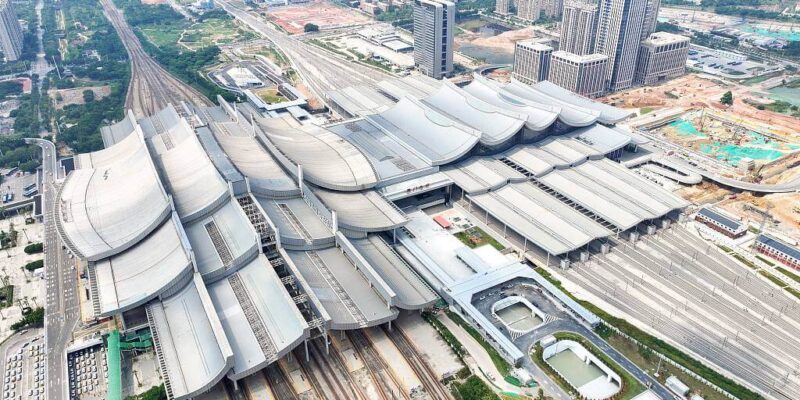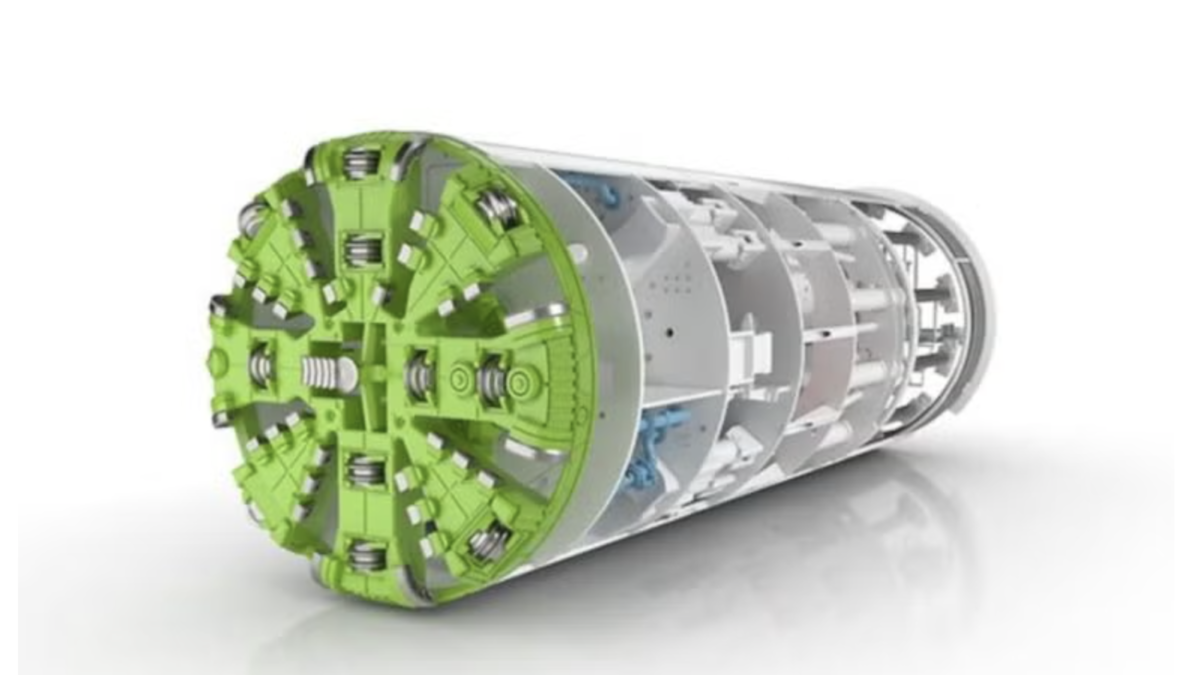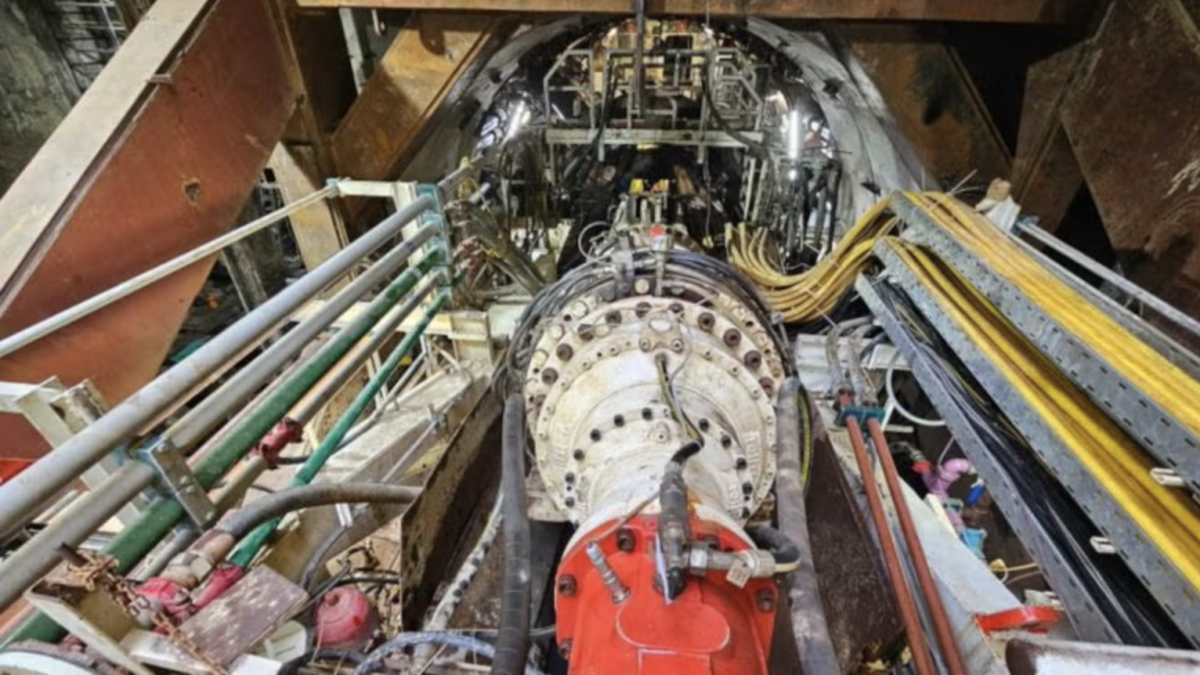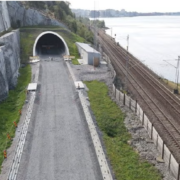
China Railway has begun revenue operation on a 278 km section of the Coastal Corridor high-speed axis along the west coast of the Taiwan Strait.
The Fuzhou – Xiamen – Zhangzhou line is designed for 350 km/h operation and is planned to increase connectivity in Fujian province, where transport connections have long been restrained by its mountainous terrain.
The line contains three substantial cross-sea bridges, represents a total investment of 53bn yuan, and has been under construction since September 2017. It is worth mentioning that it serves eight stations at Fuzhou Nan, Fuqing Xi, Putian, Quangang, Quanzhou Dong, Quanzhou Nan, Xiamen Bei, and Zhangzhou, four of which are new.
On September 28th, the first train departed from Fuzhou at 09.15, and public passenger services on the route started operating. The fastest journey time between Zhangzhou and Fuzhou is 89 minutes, while the journey time between Fuzhou and Xiamen has been decreased to 55 minutes, making a ‘one-hour traveling circle’ between the two cities.
China Railway originally operated eight trains each way daily, but by the end of this year, the number of services will rise to 26 and 32 pairs with the subsequent timetable change.
The longest cross-sea bridge is the 20·3 km Quanzhou Bay bridge, which comprises an 8,960 m section above the sea and was finished in November 2021. The 14·7 km Meizhou Bay bridge contains 10·8 km above the water and is declared to be the country’s first extradosed cable-stayed bridge on a sea-crossing high-speed railway line. Furthermore, the third sea crossing is the 9,460 m Anhai Bay bridge.
The most extended structure on the line is the 24·7 km Xixi bridge through Zhangzhou city, while another 18·7 km viaduct carries the line across the Mulan River valley.
As well as 85 bridges, 33 tunnels are accounting for about 15% of the line. The most extended excavation is the 10,669 m Yangmeishan tunnel, which broke through in April 2021.
The Haiwei tunnel is between the Quanzhou Bay and Meizhou Bay bridges, while the Xiangshan Temple tunnel is 1,215 m long. The Xinyunjushan group of tunnels constructed in 2020 includes five distinct bores with a combined length of 4,400 m.
The Coastal Corridor is a pivotal axis in the strategy for developing eight horizontal and eight vertical high-speed lines. Once finished, it will drive along the eastern coast of China from Dalian in the north to Fangchenggang in the south through Shenyang, Qinhuangdao, Tianjin, Dongying, Weifang, Qingdao, Lianyungang, Yancheng, Nantong, Shanghai, Ningbo. Fuzhou, Xiamen, Shenzhen, and Zhanjiang.
















